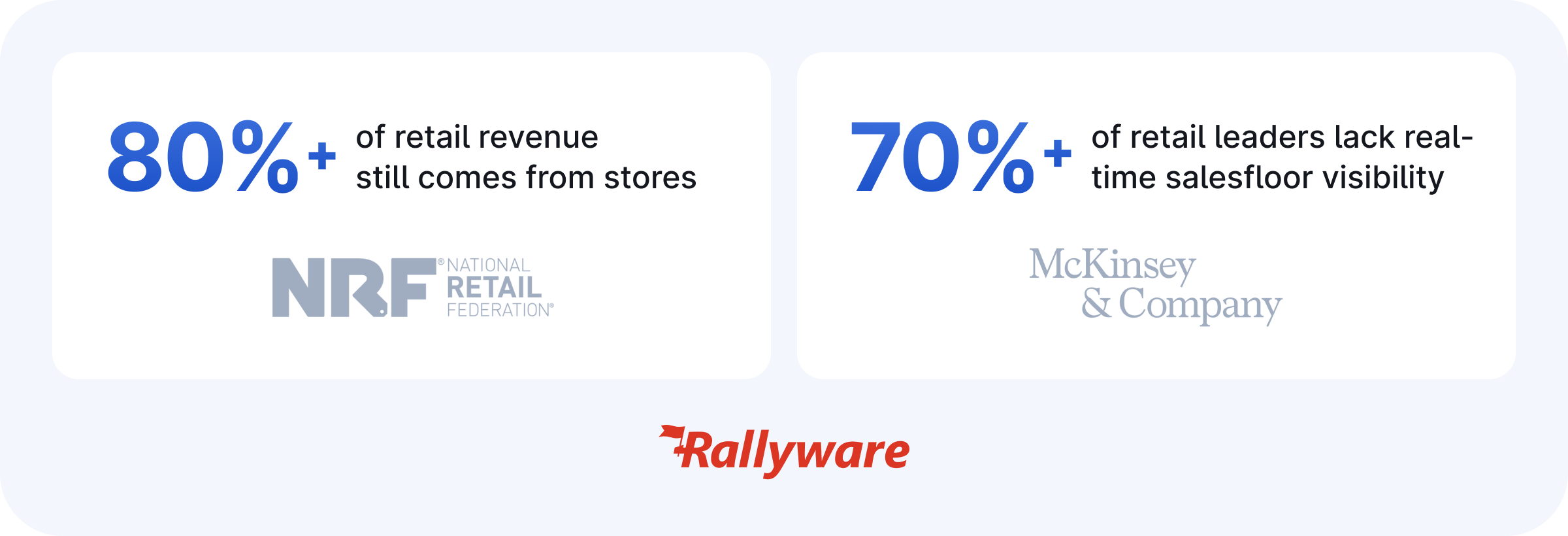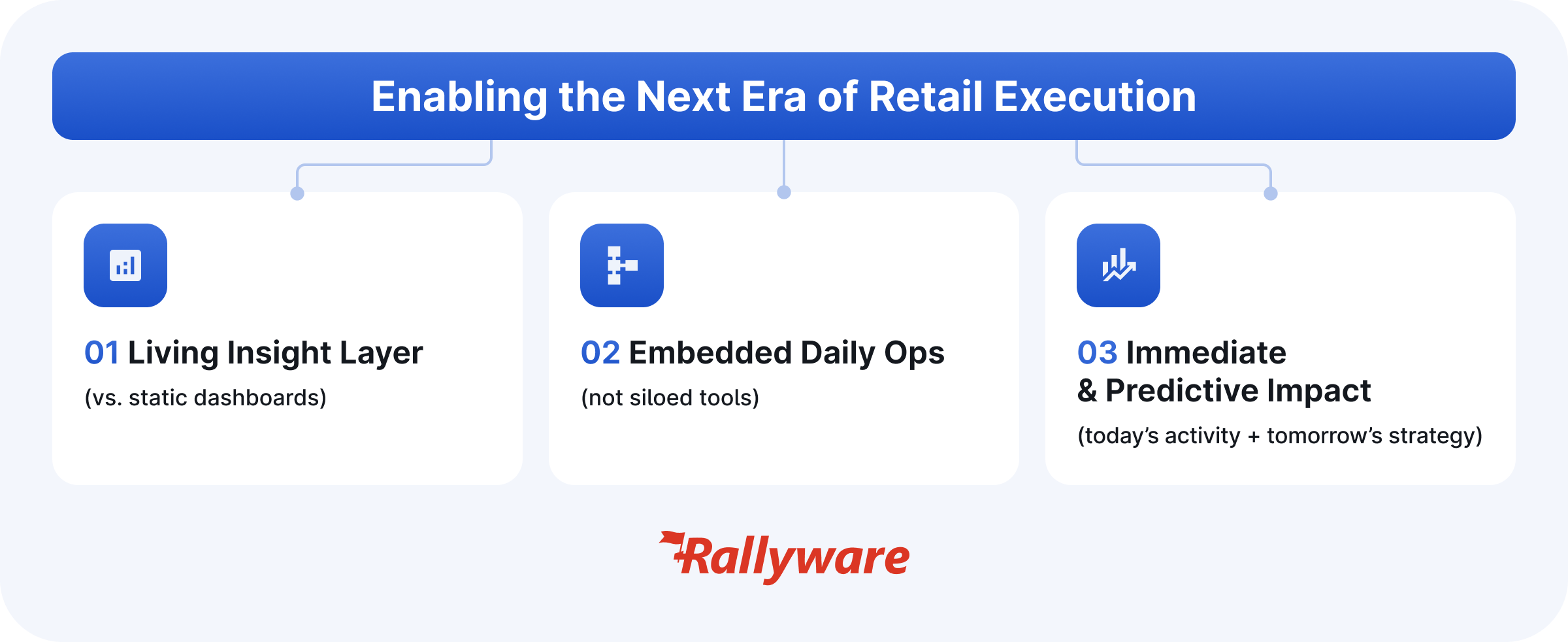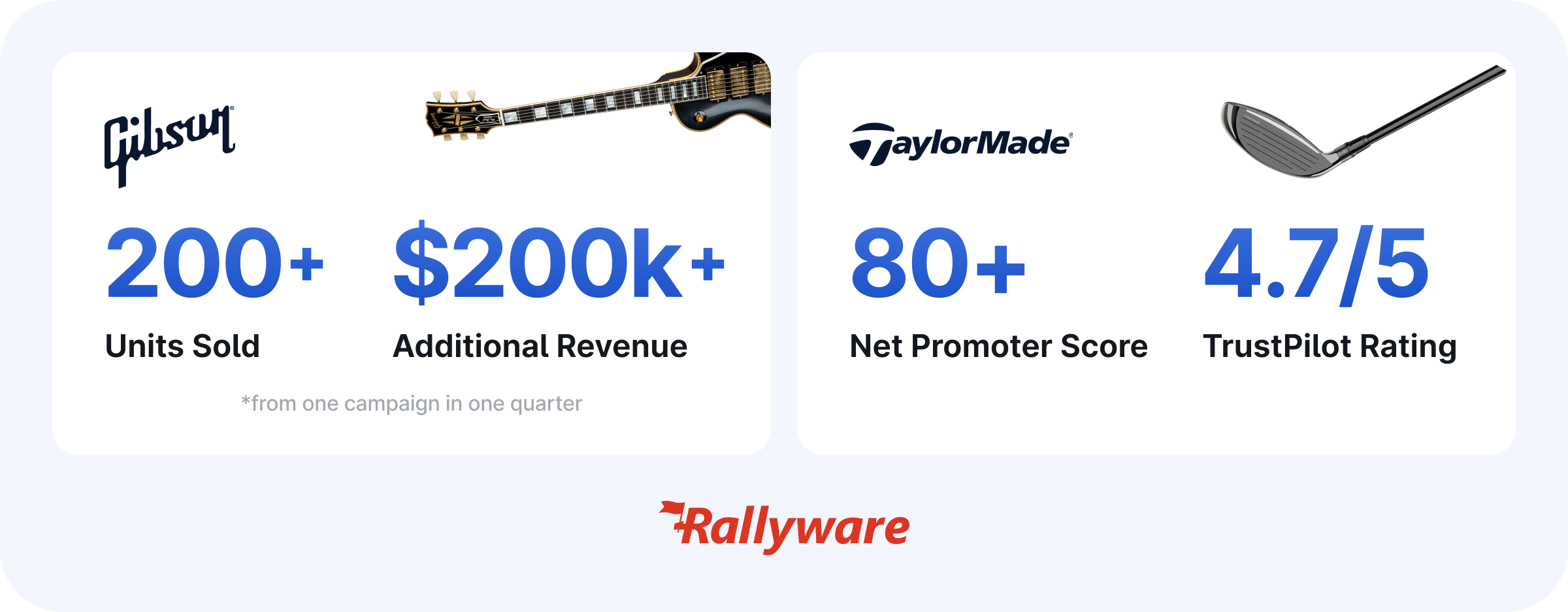How Keen Footwear Used Sales Enablement Tech to Drive Engagement and Brand Loyalty
The hidden salesfloor problem costing retailers millions
The stat retail leaders can’t ignore
According to McKinsey, real-time retail sales enablement is directly tied to both customer satisfaction and revenue performance. And yet, more than 70% of retail executives admit they’re still flying blind when it comes to what’s actually happening in-store.
That’s a huge issue when over 80% of retail revenue still flows through physical stores, not ecommerce (NRF). If your ecommerce dashboards get minute-by-minute attention while your salesfloor is operating on last week’s reports, you’re not just missing insights. You’re leaving money on the table. Leading retailers, like Nordstrom, REI, and Target are starting to see frontline enablement technology as no longer just a nice-to-have, but as an essential part of their in-store revenue strategies.

What this looks like on the salesfloor
Most retailers can pull yesterday’s sales data or last week’s traffic numbers. But when it comes to understanding why conversion is rising or falling, they’re often in the dark.
Here’s what’s missing from the picture:
- Which associates consistently turn browsers into buyers
- Where execution breaks down by department, location, or shift
- How training gaps or staffing changes affect KPIs in real time
Without these insights, leaders are forced to make staffing, operations, and promotional decisions on lagging indicators. The outcome?
- Missed revenue opportunities when the right actions aren’t prioritized
- Wasted store employee hours spent on the wrong tasks
- Inconsistent customer experiences that erode loyalty
This gap between data you have and data you need is the hidden performance leak draining millions from retail P&Ls every year.

Why traditional dashboards aren’t enough
Retail has invested heavily in reporting dashboards. But static reports only show you what already happened. They can’t guide associate behavior in the moment, when it matters most.
What retailers need isn’t more reports. It’s a living performance layer, driven by retail super apps, that makes the salesfloor as measurable, and as optimizable, as digital channels.
The future of retail sales enablement Is shared intelligence
The next era of store performance will be defined by how well brands and retailers co-own a high-value enablement layer that drives measurable impact every day.

Intelligence at the Core
Instead of relying on lagging indicators, leaders get a continuously learning view of salesfloor behavior, powered by AI, activity data, and real-time feedback loops.
Embedded in the Flow of Work
Retail sales enablement isn’t just an app associates occasionally check. It’s woven into their daily workflows: tasks, training, sales motions, and incentives. The result? Associates know exactly what to do next, without guesswork.
Measurable Revenue Impact
Every frontline action contributes to KPIs: higher conversion, faster campaign rollouts, and stronger customer service. Over time, the system learns what drives performance and scales those behaviors across regions, stores, and associates.
This is not another dashboard project. It’s about turning your salesfloor into a living, breathing performance engine.
What leading retailers are already doing
Forward-thinking retailers are already shifting from static reporting to intelligent enablement platforms. Here’s how they’re closing the gap:
- Sales performance: Dynamic, gamified incentives aligned to sell-through targets
- Operational efficiency: AI-driven tasking that ensures associates know what to do, when, and how
- Training at scale: Personalized, just-in-time learning tied to product launches and compliance needs
- Real-time support: Instant Q&A channels between store teams and brand experts
Brands like TaylorMade and Gibson have already seen the impact: faster training rollouts, higher engagement, and measurable boosts in sell-through.

Why this matters now
Customers aren’t comparing today’s in-store experience to last year’s, it’s being measured against the convenience of ecommerce. Associates who don’t have the right knowledge, tools, or guidance in the moment simply can’t compete.
Meanwhile, operational costs are rising, labor shortages are real, and consumer expectations keep climbing. Retailers who continue to run their largest revenue channel on lagging data will only fall further behind.
But those who unlock shared intelligence between HQ, brands, and the salesfloor will not only improve store execution, they’ll protect margin, grow basket size, and create experiences customers come back for.
Check for salesfloor blind spots
Not sure if your organization is affected? We’ve built a quick 5-minute Salesfloor Visibility Self-Assessment.
In just a few clicks, you’ll discover whether your salesfloor is set up to capture, or lose, the millions hiding in plain sight.

FAQ: Retail sales enablement
What is retail sales enablement? A system that empowers store associates with real-time guidance, training, and incentives embedded into their daily workflow to drive revenue-impacting behaviors.
Who benefits most from this? Retail executives, store managers, operations leaders, and brands selling through retail partners.
How quickly can ROI be seen? Many partners, including heritage brand, Gibson, report measurable improvements in conversion and campaign execution within the first quarter.
What integrations are needed? Most retail teams integrate POS data, workforce scheduling, and LMS or training tools.
News and Insights on Workforce Training & Engagement
We’re among top-notch eLearning and business engagement platforms recognized for effective training and talent development, helping to empower distributed workforces
Subscribe
